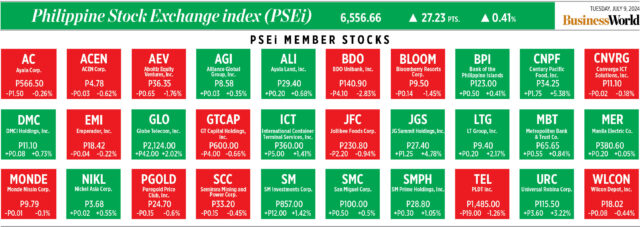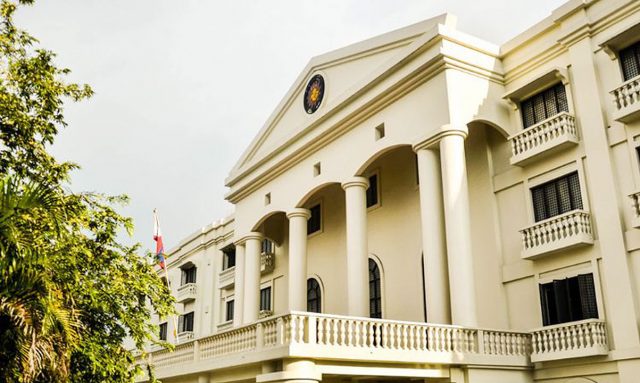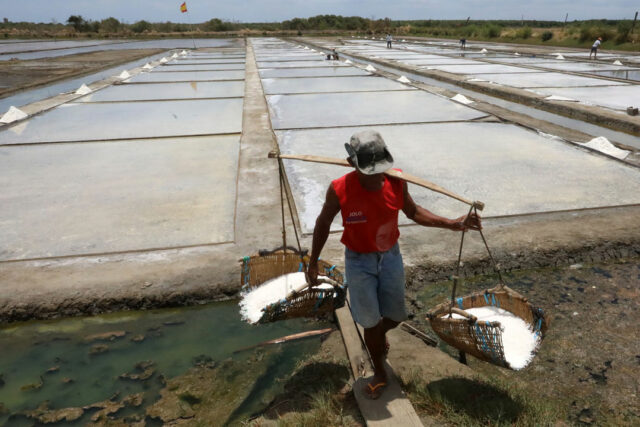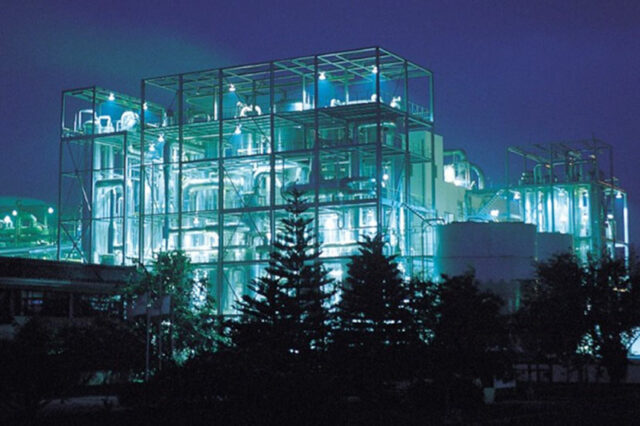AI startup Hebbia raises $130M to help firms field complex queries
HEBBIA, a startup using artificial intelligence (AI) to help businesses sift through all kinds of documents to answer complex questions, has raised $130 million in a funding round — the latest sign of investor enthusiasm for deploying AI in the workplace.
The financing, set to be announced on Monday, was led by Andreessen Horowitz, with participation from Index Ventures, Google Ventures and billionaire tech investor Peter Thiel. The New York-based company is now valued at roughly $700 million, according to a person familiar with the matter, who spoke on condition of anonymity to discuss private information. Some details of the funding round were previously reported by TechCrunch.
Founded in 2020, Hebbia’s software analyzes digitized documents and data sources, including regulatory filings, PDFs and audio and video clips, to help customers field more complicated queries than might be possible with consumer-facing chatbots. The company also displays results in a more granular way intended to make it easier for users to verify responses — and perhaps alleviate corporate concerns about AI’s potential to hallucinate inaccurate information.
For example, rather than simply summarize a single document, Hebbia’s customers can ask what airlines are saying about Boeing Co. in the wake of safety lapses. Hebbia’s system will then build out a step-by-step process to answer that question, summarizing and citing the data it pulls from earnings calls and other sources in a large grid.
“It can execute complex workflows, not just chat back and forth,” George Sivulka, Hebbia’s founder and chief executive officer, said in an interview.
Hebbia’s approach has won it some notable customers. The company’s clients include the US Air Force as well as asset managers and legal services companies.
The company plans to use the new funding to conduct research and hire more software engineers, Mr. Sivulka said.
“Being able to just keep up with the velocity that this technology is evolving at is super important,” said Index Ventures partner Mike Volpi, who sits on Hebbia’s board. — Bloomberg News














